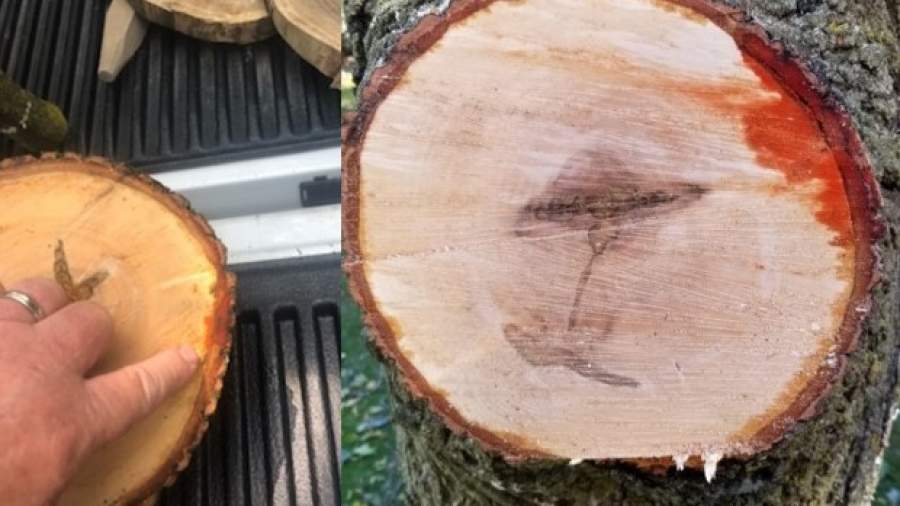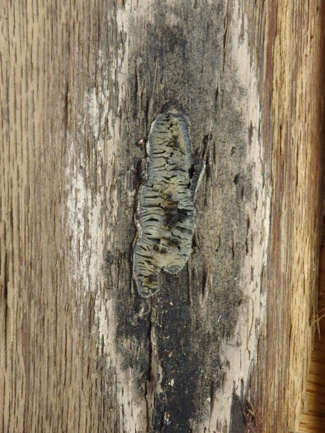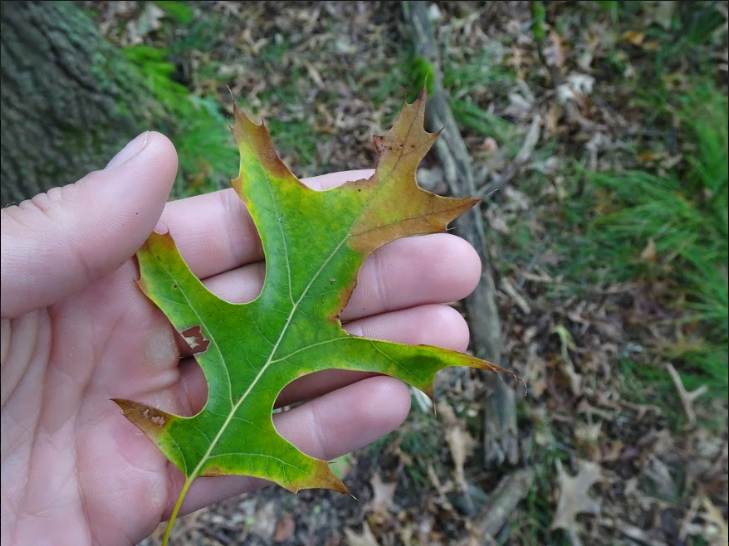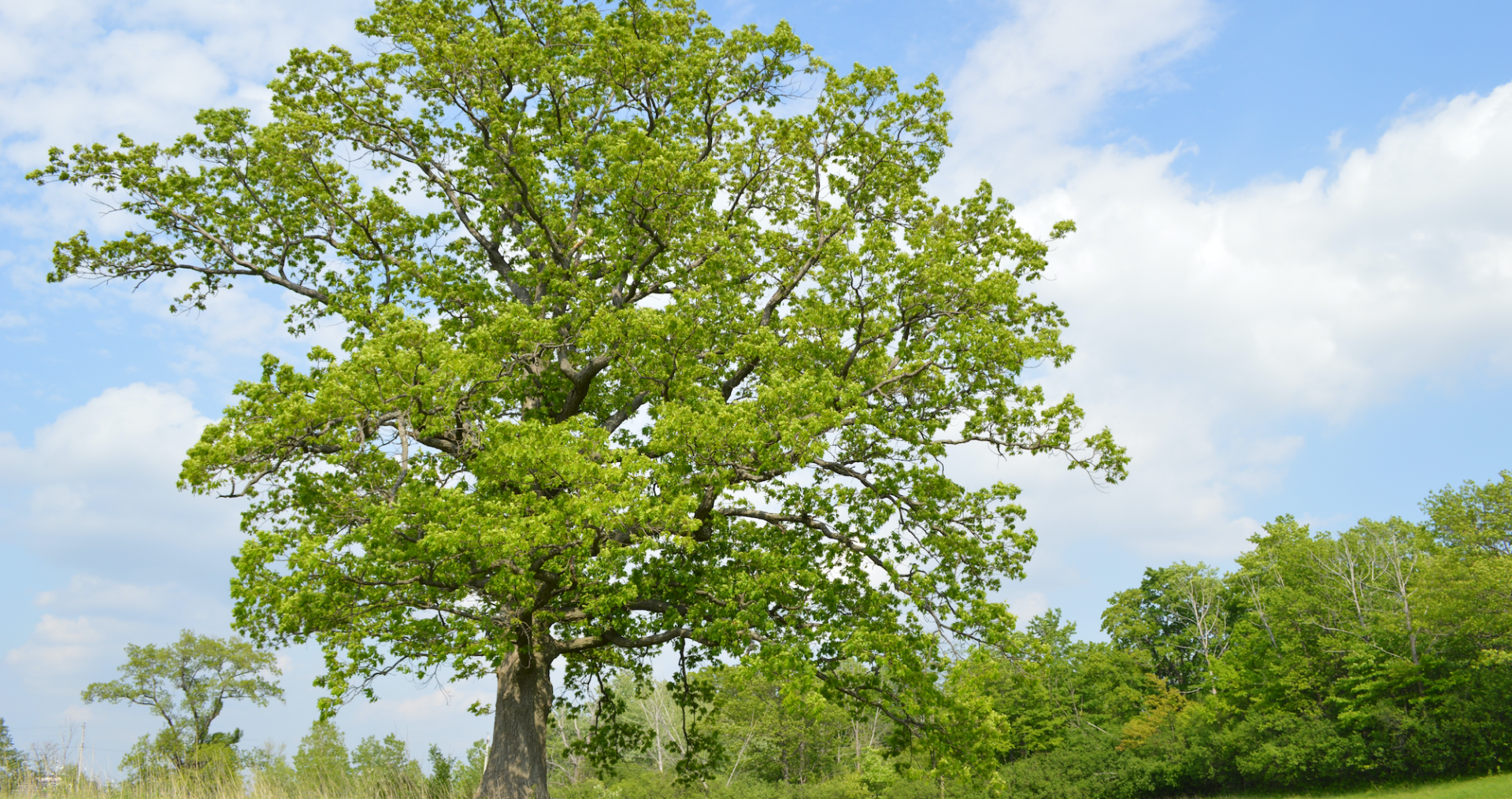Just like humans, trees are susceptible to disease. Diseases usually occur from open wounds in branches or in the trunk, through trauma-induced defoliation, or through other environmental stressors that weaken the tree. Once the tree has been weakened it becomes very susceptible to pathogens, which may cause any number of diseases.
Maple Decline
Maple Decline is not any one disease, rather it is a generalized term used to describe the dieback and deterioration of various maple trees – in particular the Norway maple, red maple and the sugar maple.
Fungi may infect a tree when it is already vulnerable and weak. The deterioration starts at the foliage and makes its way down twigs, then branches and eventually the trunk.
Common signs to look for:
- reduced foliage in size – the foliage may be scattered or thinning
- foliage may be scorched or a lighter colour – if leaves have been scorched or are a noticeably lighter colour, this may be a sign of decline
- twigs aren’t growing as large
- branches are dying or are dead
- root decay

There are treatments to slow the spread of decline, but there is no cure. Practices such as pruning and watering may help prolong tree life. Maple Decline Picture
Oak Wilt
Oak Wilt is becoming particularly problematic in London. The disease aggressively attacks and affects all species of oaks. The fungus is spread through root-to-root contact by picnic beetles or by firewood being moved to new environments. The disease attacks the water vessels of oak trees, which leads to blockage and then death.
Common signs to look for:
- Cracks
- Patches of white, grey or black
- Fruity smell

Patch of fungal growth 
Wilting and bronzing of foliage
Due to the aggressive spreading nature of the disease, once a tree has been infected, it cannot be saved. Careful removal and disposal is required of the tree to ensure that the disease is not spread to any neighbouring trees.


